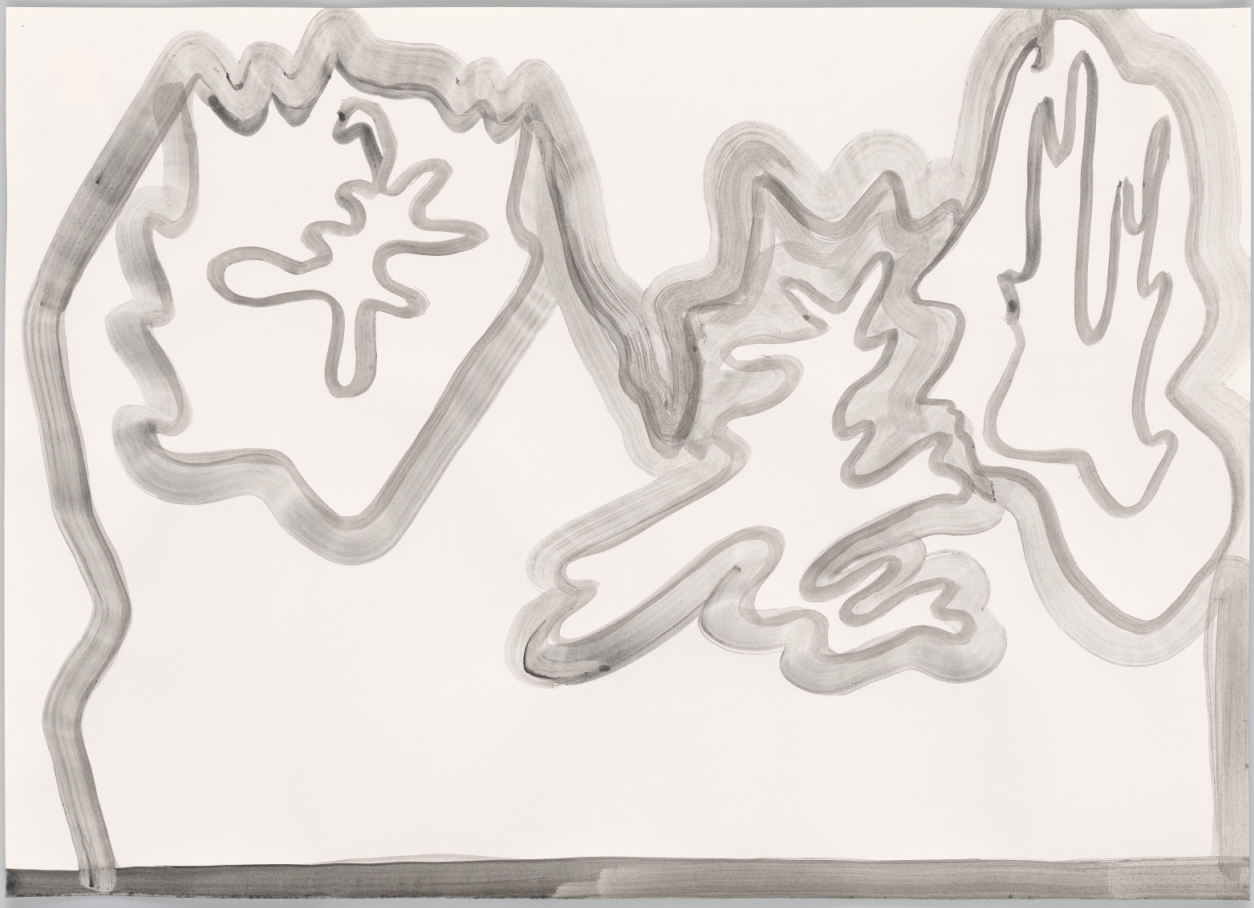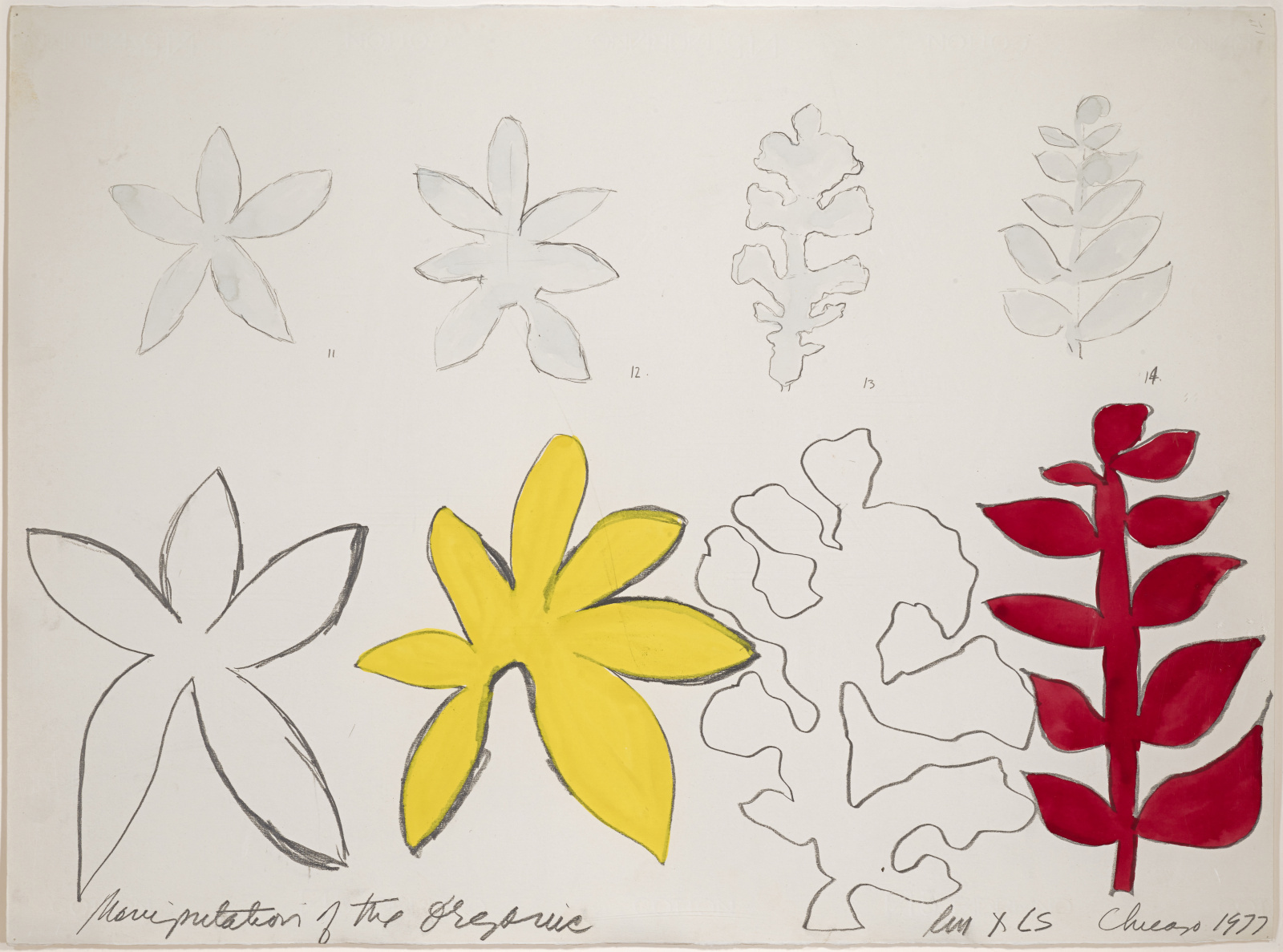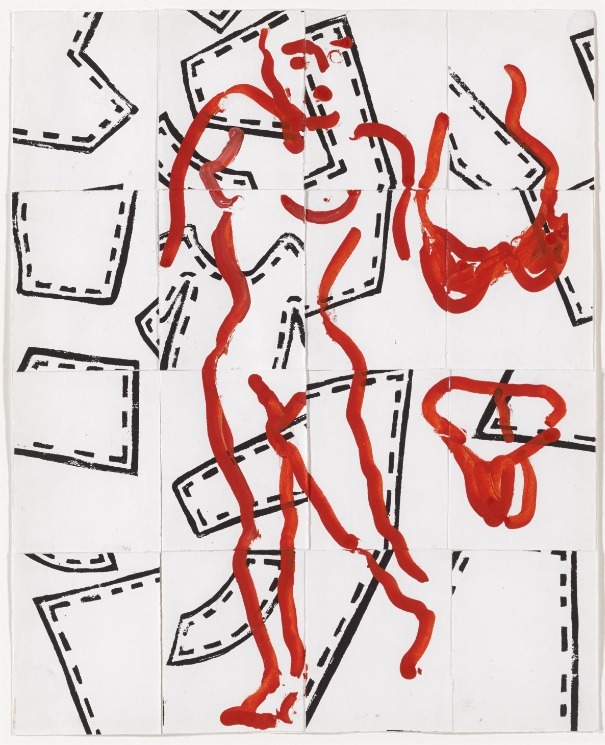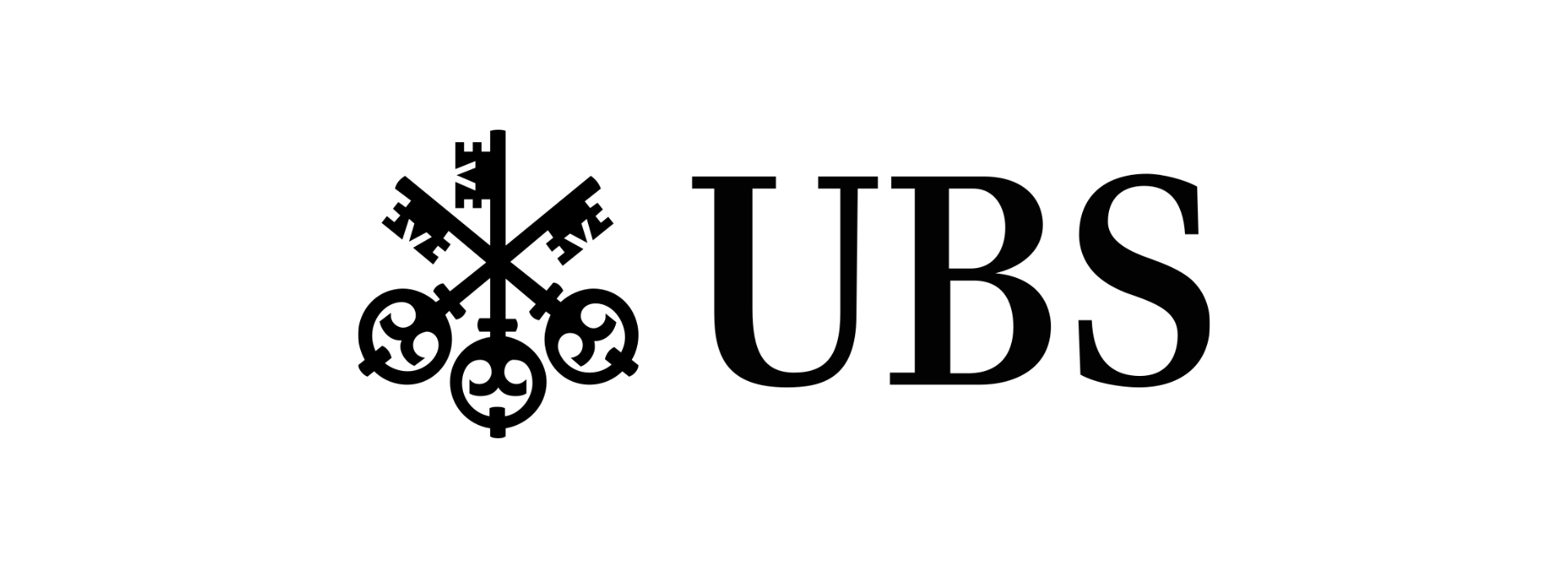
The married couple Tschopp-Janssen, 1997 in their apartment (Photo: Silvia Bächli / Eric Hattan)
Dynamics of the Organic
The Tschopp-Janssen Collection
“When I suddenly see, aha, that’s taking on a life of its own”: that is how Jakob Tschopp--Janssen (1937–2013) in 2007 sums up his fascination with young culture and the joy he derives from his volunteer activities. In the early 1980s, Tschopp-Janssen, then director of user services at Basel University’s library, started nurturing the work of emerging artists in Basel. As a lead negotiator and mediator, he played a key role in the Werkraum movement, making the pilot project Schlotterbeck (1990–1993) and the subsequent Werkraum Warteck possible.
The collection of over five hundred works of art that Jakob and his wife Theresa Tschopp-Janssen built since the late 1960s is rooted in the spaces for young art of the 1980s and the galleries in the orbit of Art Basel. That is why it also contains numerous works, often juvenilia, by artists who are now fixtures of the international scene. In their home, the two always lived surrounded by their art. It was “a part of us,” as Theresa Tschopp-Janssen puts it. They knew almost all the artists in their collection personally and stayed in close touch with several of them.
Over the past two decades, around five hundred works from the collection, which the Tschopps gifted to the Friends of the Kunstmuseum, have entered the collection of the Kunstmuseum’s Kupferstichkabinett (Department of Prints and Drawings) as permanent loans. The cabinet exhibition gathers selected highlights from the Tschopp-Janssen Collection under the motto “Space—Human Being—Nature—Growth”: the spectrum ranges from early collaborative works by Silvia Bächli (b. 1956) and Eric Hattan (b. 1955) to pieces by Mireille Gros (b. 1954), Anselm Stalder (b. 1956) and the Italian poet and psychoanalyst Ernesto Tatafiore (b. 1943) and on to the American Ree Morton’s (1936–1977) post-minimalism.
In 2009, the Tschopp-Janssens singled out Morton’s three-part series Manipulation of the Organic as one of their favorite works. It inspired the exhibition’s title, which alludes to the organic web of interrelations that holds the collection together.



